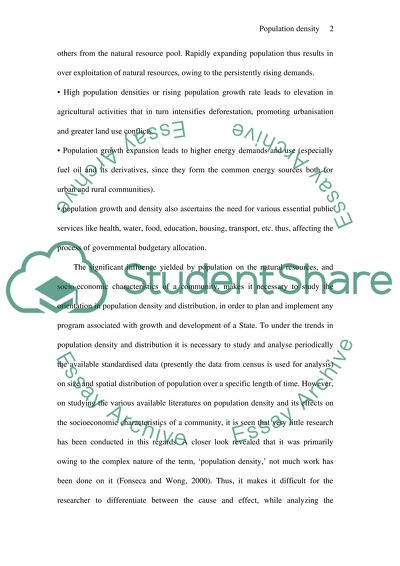Cite this document
(“Population density Dissertation Example | Topics and Well Written Essays - 3750 words”, n.d.)
Retrieved from https://studentshare.org/family-consumer-science/1422336-population-density
Retrieved from https://studentshare.org/family-consumer-science/1422336-population-density
(Population Density Dissertation Example | Topics and Well Written Essays - 3750 Words)
https://studentshare.org/family-consumer-science/1422336-population-density.
https://studentshare.org/family-consumer-science/1422336-population-density.
“Population Density Dissertation Example | Topics and Well Written Essays - 3750 Words”, n.d. https://studentshare.org/family-consumer-science/1422336-population-density.


